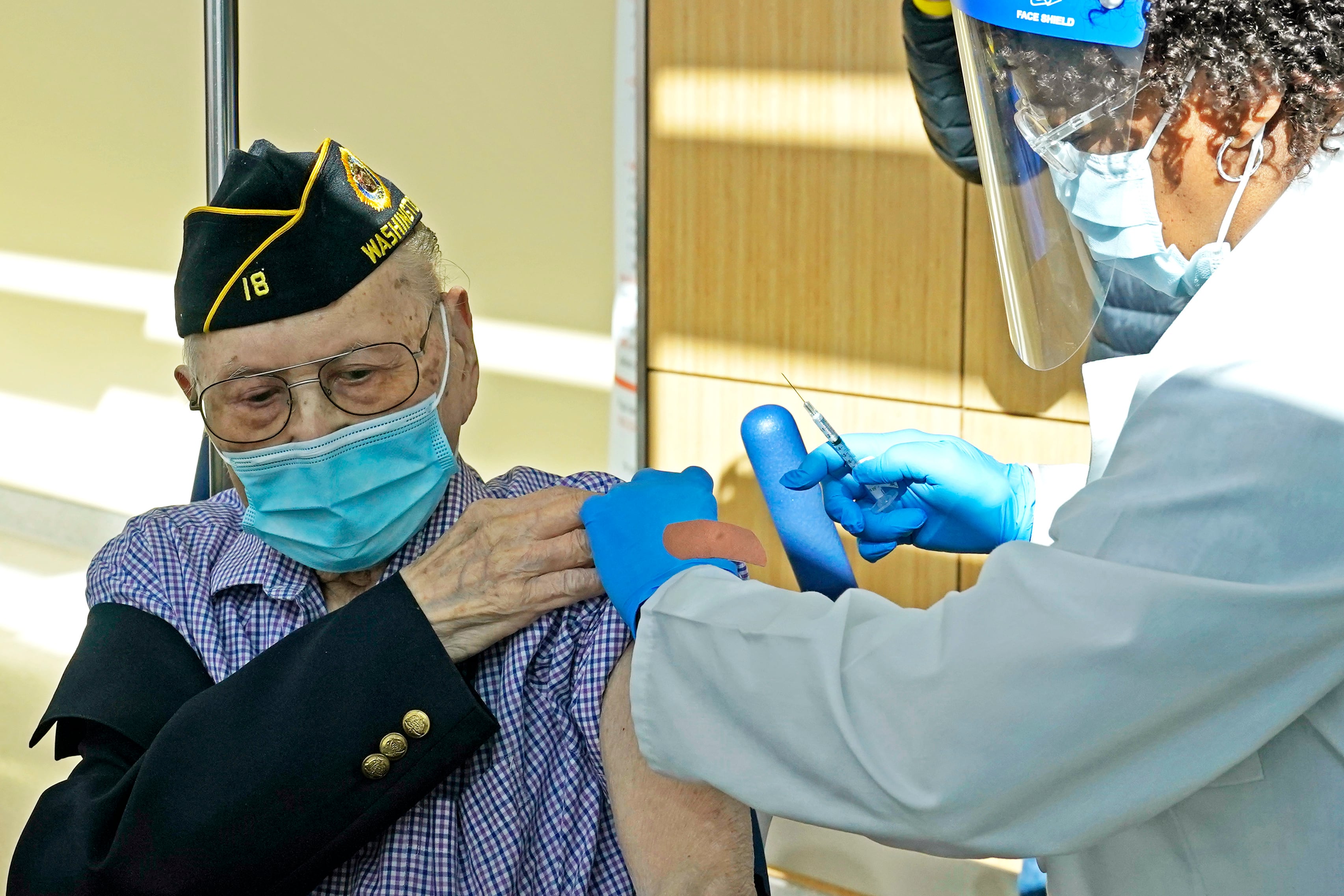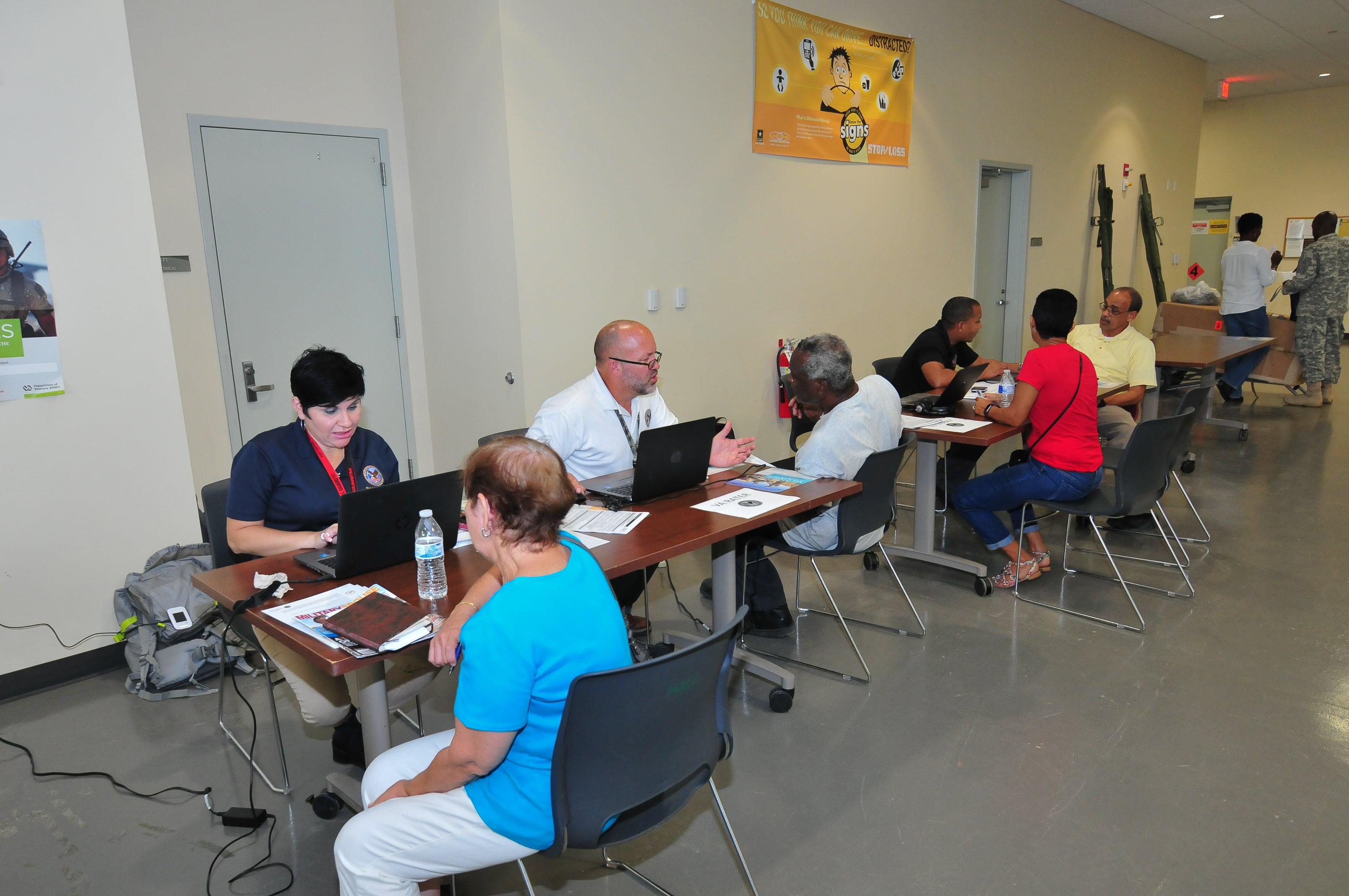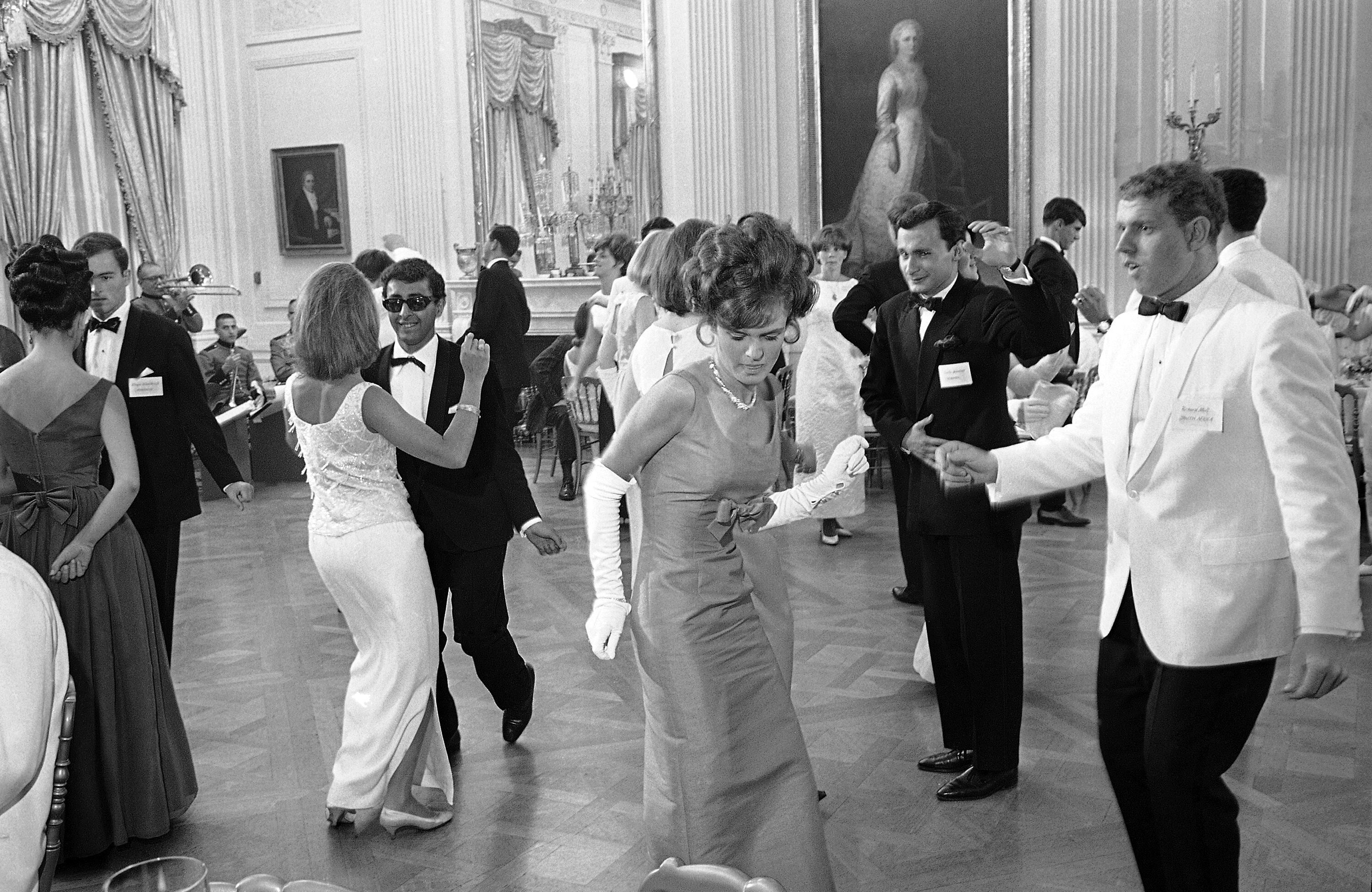With the national pandemic emergency officially over, Veterans Affairs leaders are moving to bring some workers back into federal offices in an effort to improve efficiency and camaraderie in the workforce.
The plan has the potential to disrupt the new work schedules of tens of thousands of VA employees, many of whom have settled into new remote work routines that eliminate annoyances like long commutes and workplace dress codes.
In a message to department staff on Wednesday, VA Secretary Denis McDonough said the new requirements will go into effect for employees in the Washington, D.C. region this fall. All workers will be required to spend at least half of their time in office.
Plans for splits between remote and in-office work for other regions will be developed in coming weeks.
RELATED

“I strongly believe that increasing in-person engagement will enhance problem-solving, spark even more creativity, and strengthen the connections that make us more productive and successful in our core mission to support veterans,” McDonough wrote in his message.
“In-office work also enables more effective development of the next generation of leaders and accelerates on-boarding and learning for new employees. Working together in person will strengthen our growing workforce, the best in the federal government.”
The requirements for the National Capital Region do not include employees at the Washington, D.C., VA medical center, many of whom have been working in-person throughout the pandemic. Instead, the changes mainly affect national headquarters staff working in offices around the department’s main office near the White House.
McDonough said the requirements are being announced now but not enforced until early fall (a specific date will be announced later) “to make sure that [employees] have substantial lead time to make arrangements for family care, elder care, or any other needs that you may have.”
Rules regarding remote work for federal employees were relaxed significantly at the start of the COVID-19 pandemic in spring 2020. VA employs more than 420,000 workers. Officials did not have a breakdown of how many of that group currently spends more than half of their time working remotely.
RELATED

In a press conference with reporters on Wednesday, McDonough acknowledged that the flexible work hours and location have not resulted in a loss of productivity in many cases. Veterans Benefits Administration staff processing disability claims, for example, have completed a record number of cases in each of the last two years.
But when the national pandemic emergency officially ended on May 11, administration officials — and members of Congress — began to press agency leaders to bring some of those employees back into the office, to resume pre-pandemic work routines.
In an April 13 memo, White House officials said they expected agencies to “substantially increase meaningful in-person work,” especially at headquarter offices in coming months, in light of improving public health conditions. Department have also been instructed by the Office of Management and Budget to submit records showing how telework has impacted their operations.
RELATED

Those changes do not necessarily override agreements negotiated between union leaders and the federal government. McDonough said he expects to work out those parameters in coming months.
And he emphasized that not everyone will be required to return to the office full-time or even half time.
“In some cases, we’re going to defend [employees’] right to be able to continue to work in more flexible settings,” he said. “We’re looking at what are the attributes of a highly effective workforce, what is the data that affirms that. So we’ll be building all that between now and the fall.”
The total VA workforce has grown by about 33,000 employees in the last 20 months, an increase of about 8%.
Reporter Molly Weisner contributed to this story.
Leo covers Congress, Veterans Affairs and the White House for Military Times. He has covered Washington, D.C. since 2004, focusing on military personnel and veterans policies. His work has earned numerous honors, including a 2009 Polk award, a 2010 National Headliner Award, the IAVA Leadership in Journalism award and the VFW News Media award.





